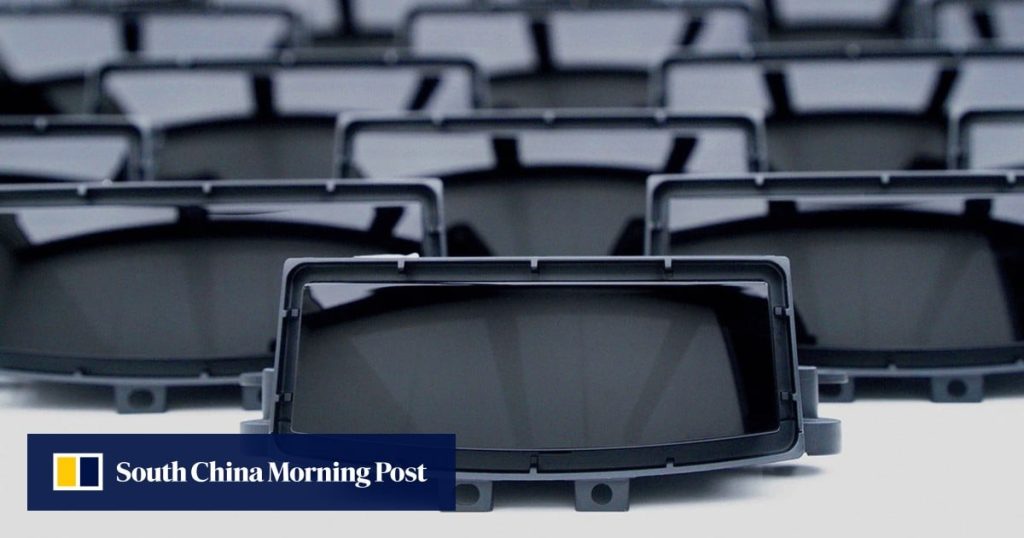China’s leading lidar sensor makers Hesai Group and RoboSense Technology stand to benefit in the aftermath of a fatal accident involving autonomous driving as safety-conscious consumers become more aware of their technologies, analysts said.
Autonomous-driving systems in high-end electric vehicles (EVs) tend to use lidar (light detection and ranging) sensors, which employ laser beams to measure distances to objects. The car that crashed in China’s central Anhui province on Saturday, killing three people, a basic edition of Xiaomi’s SU7, uses cameras, which are seen as more likely to be fooled by shadows, rain, fog and other factors.
“The accident will definitely boost adoption of lidars in cars, particularly EVs fitted with driver-assistant systems,” said Chen Jinzhu, CEO of Shanghai Mingliang Auto Service, a consultancy. “Hesai and Robosense can expect a business increase in the next few years.”
The cause of the accident has not been revealed. Xiaomi, a smartphone maker that launched the hit SU7, its first car, last year, said on Tuesday that it was assisting the police investigation.
The car was travelling at 116km/h with the driver-assistance system engaged, and the self-driving system alerted the driver to take over two seconds before the car hit a concrete barrier, Xiaomi said in a statement.
A driver-assistance system analyses real-time conditions around the car based on sensor data to navigate and make decisions such as whether to accelerate past a slower vehicle. The existing systems in mainland China all require a human driver to be at the car’s controls and alert at all times.
The Pro and Max editions of the SU7, which are priced at 245,900 yuan (US$33,735) and 299,900 yuan, respectively, have Hesai’s AT128 high-performance lidars. The entry-level version sports a price tag of 215,900 yuan.


